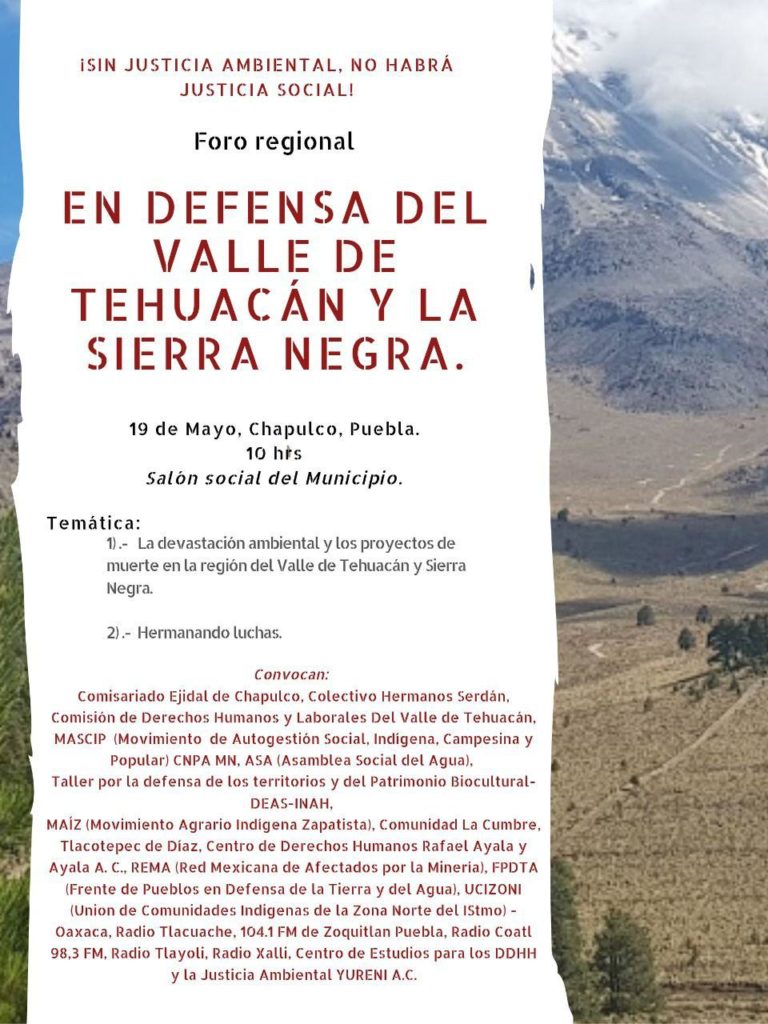
Autonomy and Resistance

(Español) Sindicato General Autónomo de Brasil se sodilariza con el EZLN y el CNI-CIG
CARTA DE SOLIDARIDAD DEL SIGA/FOB A LAS/LOS COMPAS DEL EZLN Y DEL CNI-CIG
Nosotros del Sindicato General Autónomo (SIGA-DF), afiliado a la Federación de las Organizaciones Sindicalistas Revolucionarias de Brasil (FOB), escribimos esa nota en apoyo a los camaradas luchadores del EZLN y del CNI – CIG, México.
El capital internacional ha avanzado em toda la America Latina y el resultado de ello es la expulsión, desapropiación de nuestras tierras y territorios y la destrucción de los recursos naturales. Los pueblos originarios, los campesinos, la población marginada del campo y de la ciudad , están, cada vez más, sufriendo con los ataques de ese modo de producción que transforma todo en lucro y pasa por encima de aquellos que intentan resistir y existir. En Brasil, vemos el avance de la minería y del agronegocio bajo las tierras indígenas, campesinas y quilombolas, en México los megaproyectos fueron planeados pasando por encima de los territorios indígenas y campesinos.
Para garantizar los beneficios del capital nacional e internacional, los gobiernos sean ellos de derecha o izquierda, intensifican la represión como forma de callar la voz de aquellos que se opone a esos nefastos proyectos. En México, bajo un gobierno entitulado “de izquierda” los ataques no paran y el recrudecimiento de la represión es la más cruel realidad. Los camaradas del EZNL y del CNI ya vienen denunciando las prácticas de ese mal gobierno que, alineado con militares, paramilitares y con el narcotráfico impone su política represiva que resultó en el reciente asesinato de los compañeros indígenas Samir Flores Soberanes, Modesto Verales Sebastián, José Lucio Bartolo Faustino, Bartolo Hilario Morales, Isaías Xanteco Ahuejote. Estos compañeros fueron asesinados por luchar contra esa política de genocidio y expropiación del gobierno de López Obrador (MORENA) y demás esferas estatales (municipales o estatales), fueron asesinados por no aceptar las imposiciones del Capital, de los narco paramilitares, por no callarse frente a esas injusticias.
“Nosotros del SIGA/FOB nos unimos en la campaña de solidaridad junto al EZNL y CNI-CIG contra los megaproyectos,” Tren Maya “,” Corredor Transistémico “,” Proyecto Integral Morelos “, la” Guardia Nacional “y las” Zonas Económicas Especiales “. ¡Exigimos la verdad y la justicia para los compañeros asesinados! No nos olvidemos de lo que Honestino Guimarães nos enseñó: “Pueden prendernos, pueden matarnos, pero un día volveremos, y seremos millones”
Samir Flores Soberanes, PRESENTE!
Modesto Verales Sebastián, PRESENTE!
José Lucio Bartolo Faustino, PRESENTE!
Bartolo Hilario Morales, PRESENTE!
Isaías Xanteco Ahuejote, PRESENTE!

(Español) Acciones en solidaridad con el Ejército Zapatista de Liberación Nacional y con el Congreso Nacional Indígena se replican en países.
En México, se realizan acciones en más de 10 estados.
En tan sólo tres meses, cinco defensores del territorio que se organizaban en torno al Congreso Nacional Indígena (CNI) han sido asesinados. Se trata de Samir Flores Soberanesde Amilcingo, en el estado de Morelos y de Bartolo Hilario Morales, Isaías Xanteco Ahuejote, Bartolo Faustino y Modesto Verales Sebastián; estos últimos pertenecientes al Consejo Indígena y Popular de Guerrero – Emiliano Zapata.
En el mismo lapso de tiempo, el Centro de Derechos Humanos Fray Bartolomé de las Casas publicó un informe en el que da cuenta de la intensificación de la estrategia contrainsurgente contra Pueblos Originarios Bases de Apoyo del Ejército Zapatista de Liberación Nacional en lo que va del gobierno de Andrés Manuel López Obrador. Ahí se informa que “desde fines del 2018, se duplicó el número de incursiones del Ejército mexicano a la sede de la Junta de Buen Gobierno (JBG) Hacia la Esperanza, en el Caracol de La Realidad (Municipio oficial de Las Margaritas). Las BriCo observaron 19 patrullajes terrestres, (con soldados armados con metralletas) y 5 sobrevuelos desde helicópteros, de enero a abril de 2019. Preocupante es la regularización de los sobrevuelos a las comunidades y el aumento de los movimientos militares en el último mes”.
Ante esta grave situación, organizaciones, redes, colectivos e invidualidades se han dado a la tarea de organizar una serie de movilizaciones en diferentes partes de México y del mundo para mostrar su solidaridad con el EZLN, y reivindicar la lucha por la Vida y contra la Guerra en todo el mundo.
Hasta el miércoles 29 de mayo, había registradas más de 20 acciones en México, Argentina, EUA, Grecia, Francia y Austria. La información sobre dichas actividades pueden consultarse en la página Porque Acordamos Viviry registrarse al porqueacordamosvivir@gmail.com
Para sumarse a la acción desde redes sociales, también se convoca a utilizar los #NosotrxsConElEZLN #NosotrxsConElCNI y #JornadasPorLaVidaEZLNyCNI
En la Ciudad de México, la cita fue a las 07:00am en la entrada de Palacio Nacional, por la tarde también se llevaron a cabo otras actividades.
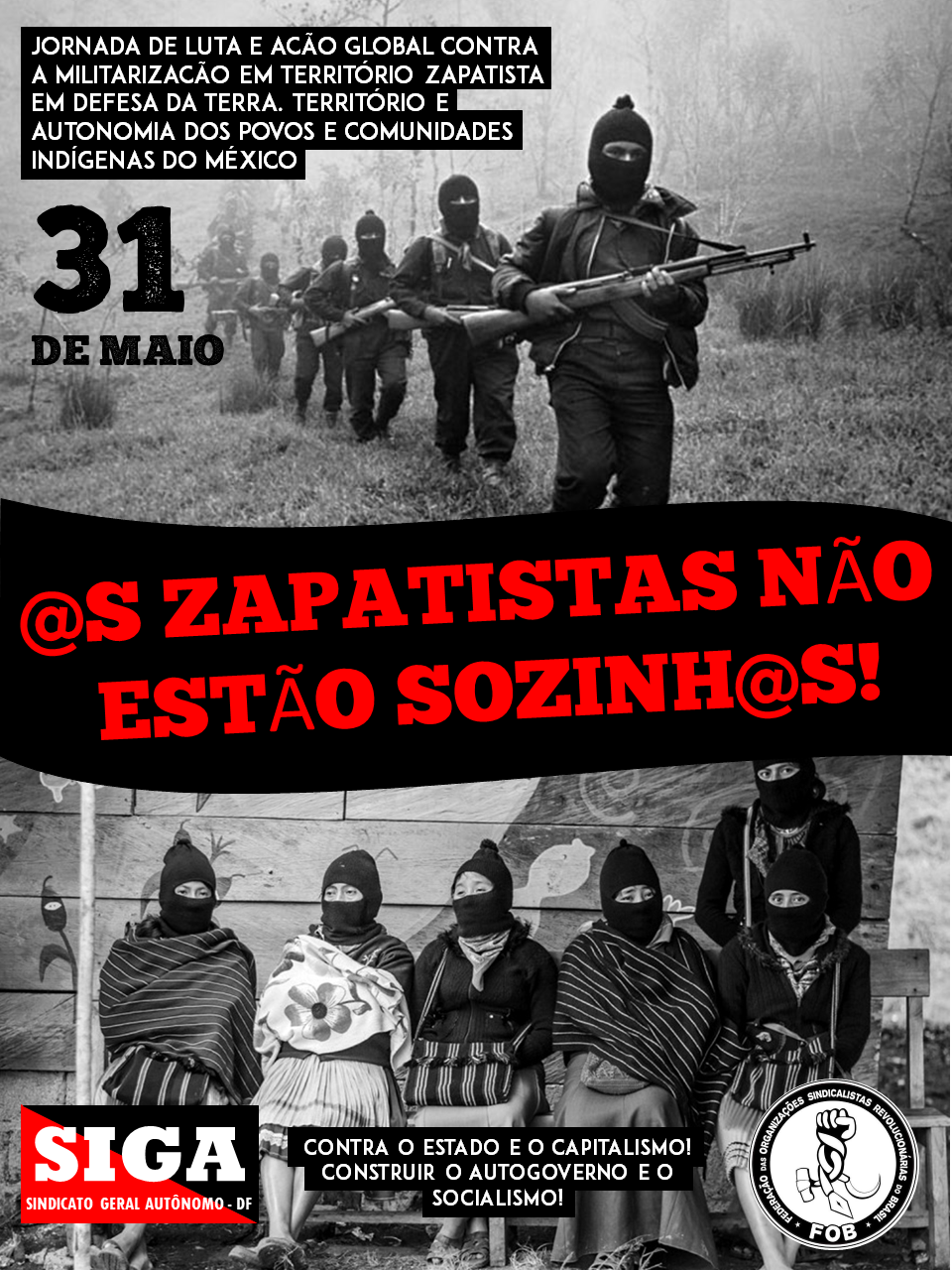


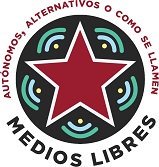
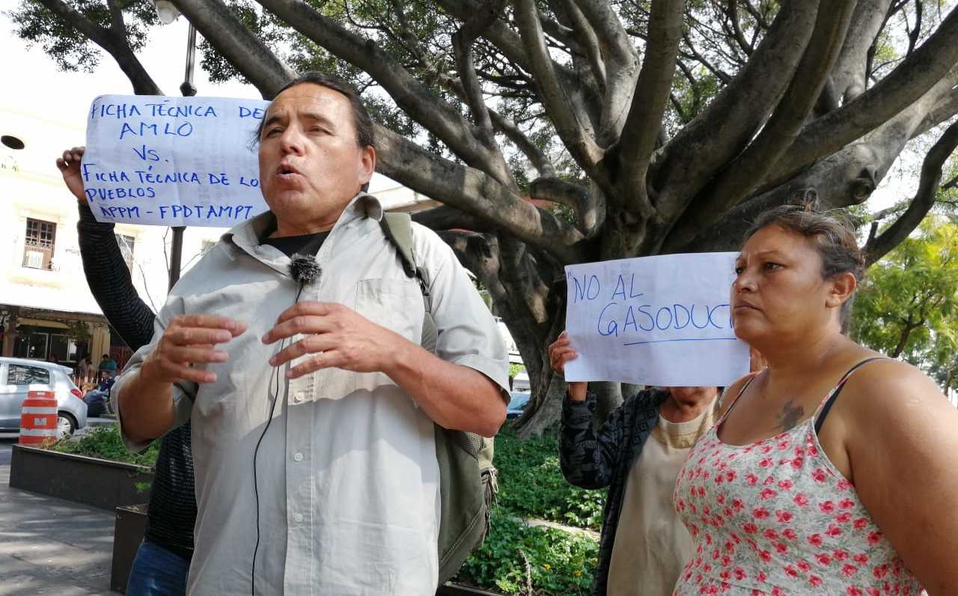 De acuerdo con integrantes del Frente de Pueblos en Defensa de la Tierra y el Agua, con esas demandas las comunidades se oponían al hecho de que el proyecto pueda ser aprobado mediante la Consulta Ciudadana promovida y realizada por el presidente Andrés Manuel López Obrador. Si bien, el mandatario declaró que gracias a esa consulta la decisión recaerá “en el pueblo”, las comunidades indígenas afectadas lo acusan de violar sus derechos a la consulta previa, libre, informada y de buena fe, así como a la autodeterminación, reconocidos por la Constitución de México y el Convenio 169 de la Organización Internacional del Trabajo (OIT).
De acuerdo con integrantes del Frente de Pueblos en Defensa de la Tierra y el Agua, con esas demandas las comunidades se oponían al hecho de que el proyecto pueda ser aprobado mediante la Consulta Ciudadana promovida y realizada por el presidente Andrés Manuel López Obrador. Si bien, el mandatario declaró que gracias a esa consulta la decisión recaerá “en el pueblo”, las comunidades indígenas afectadas lo acusan de violar sus derechos a la consulta previa, libre, informada y de buena fe, así como a la autodeterminación, reconocidos por la Constitución de México y el Convenio 169 de la Organización Internacional del Trabajo (OIT).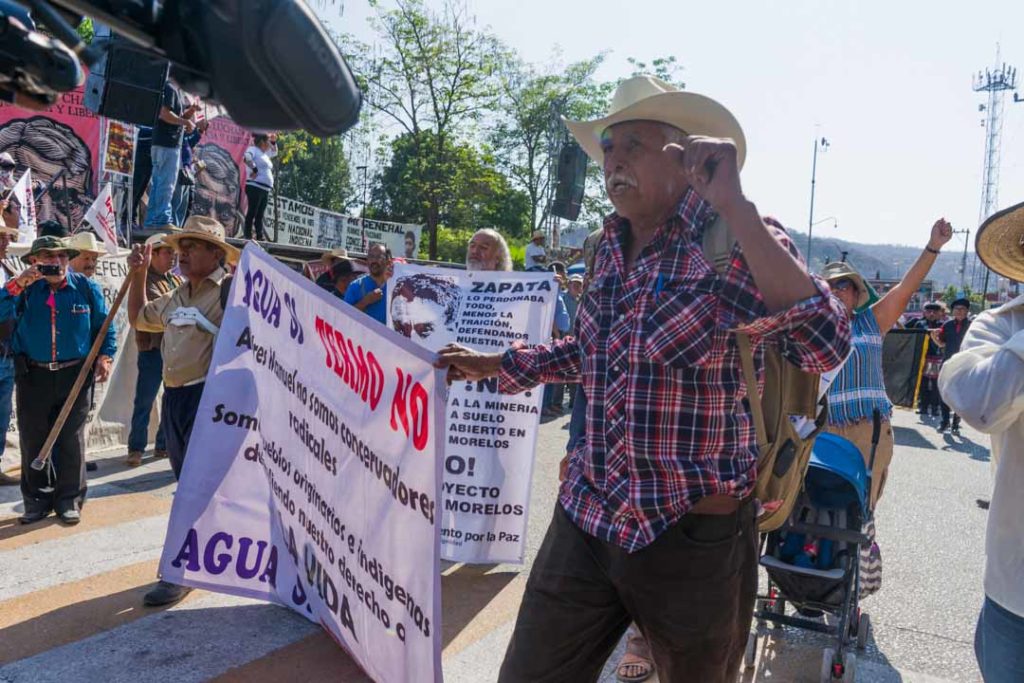 El primer tribunal colegiado reconoció que los quejosos acreditaron violaciones a la ley que los dejaron sin defensa. El juez consideró que los juzgados de Distrito no habían tomado en cuenta el acervo probatorio ofrecido por los quejosos y validó como pruebas del interés de los quejosos sus constancias de residencia, el acta de hechos de su asamblea general, las múltiples firmas en hojas anexas, donde manifestaban «yo no estoy de acuerdo por el paso de gasoducto por mi comunidad», así como las actas de Cabildo que negaban autorización al PIM.
El primer tribunal colegiado reconoció que los quejosos acreditaron violaciones a la ley que los dejaron sin defensa. El juez consideró que los juzgados de Distrito no habían tomado en cuenta el acervo probatorio ofrecido por los quejosos y validó como pruebas del interés de los quejosos sus constancias de residencia, el acta de hechos de su asamblea general, las múltiples firmas en hojas anexas, donde manifestaban «yo no estoy de acuerdo por el paso de gasoducto por mi comunidad», así como las actas de Cabildo que negaban autorización al PIM.